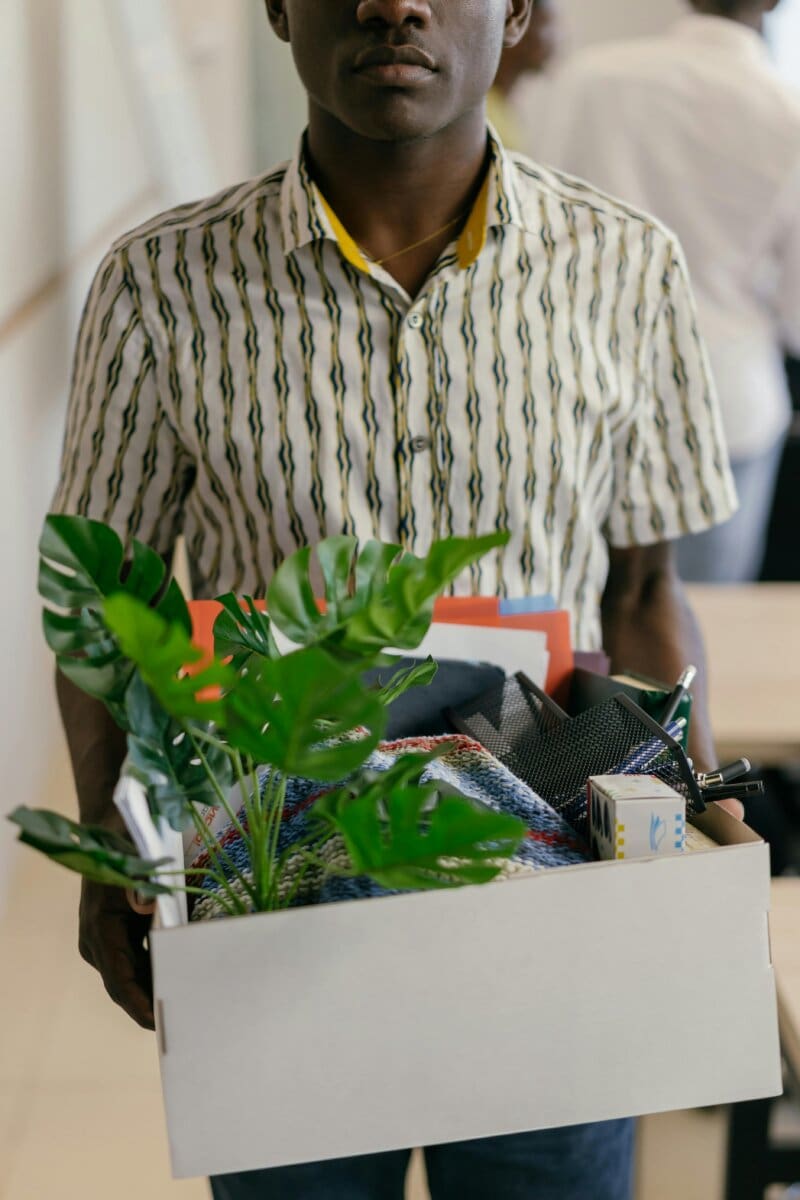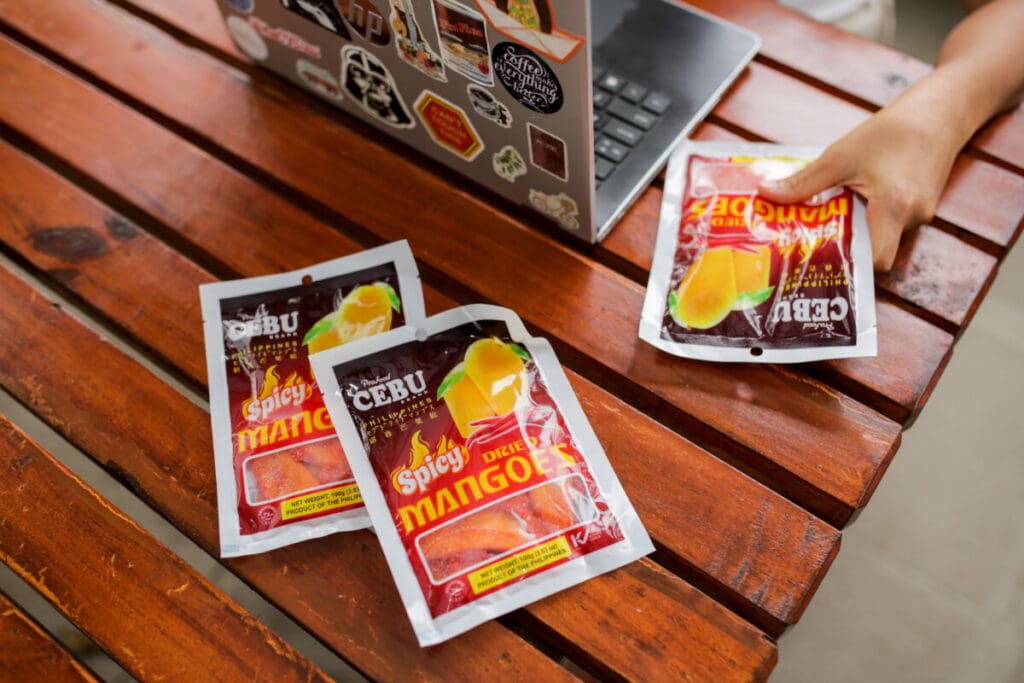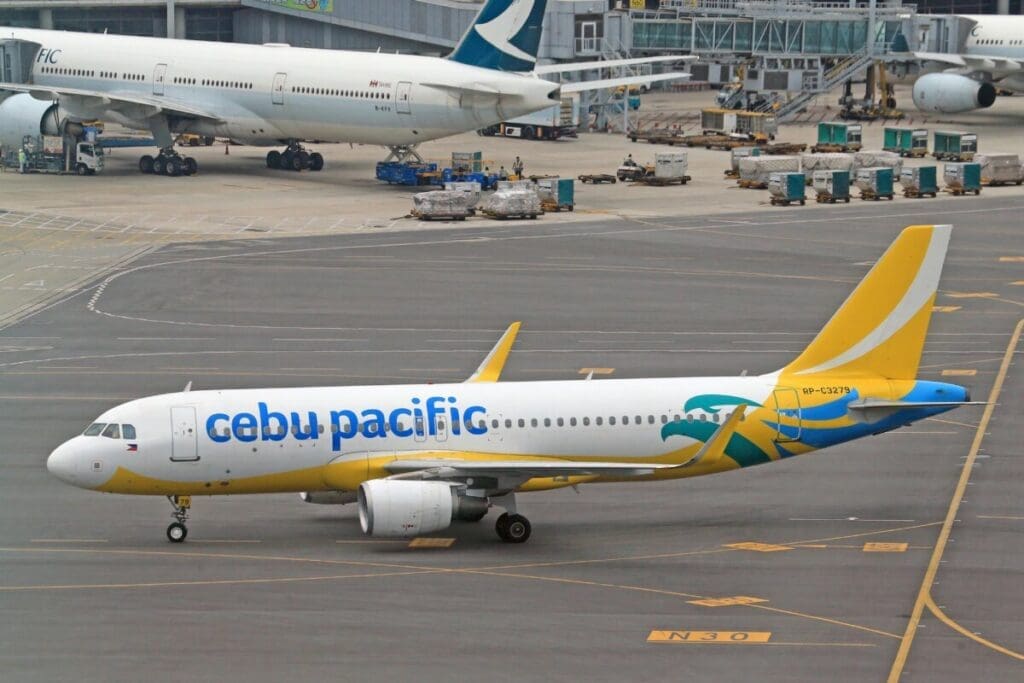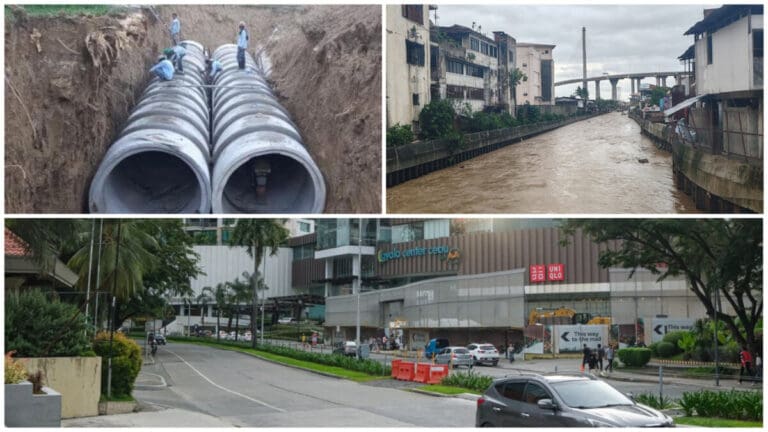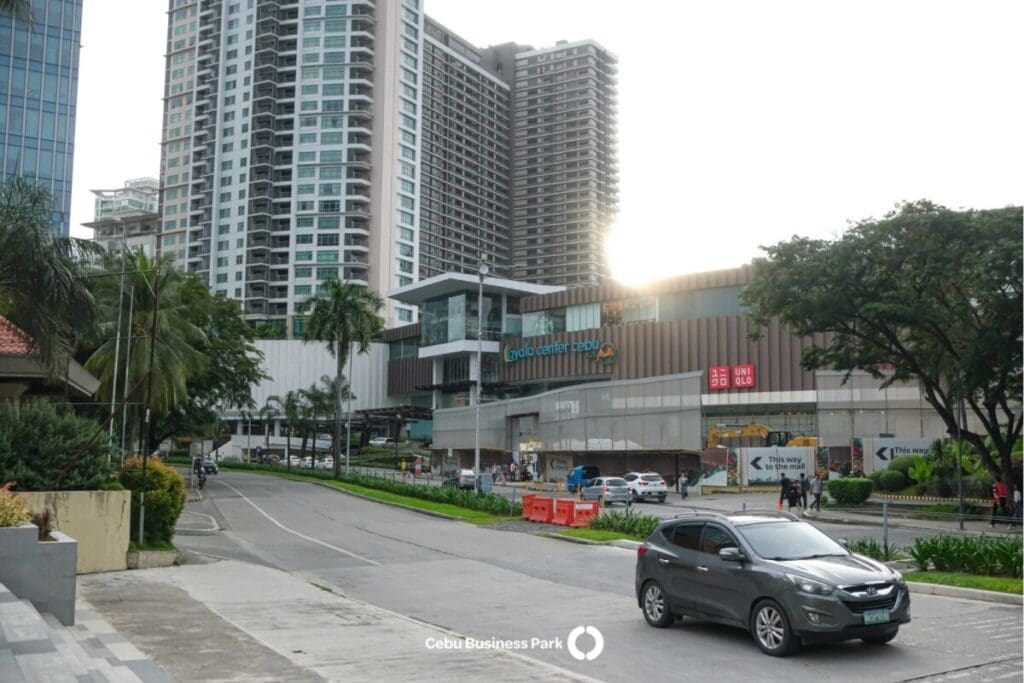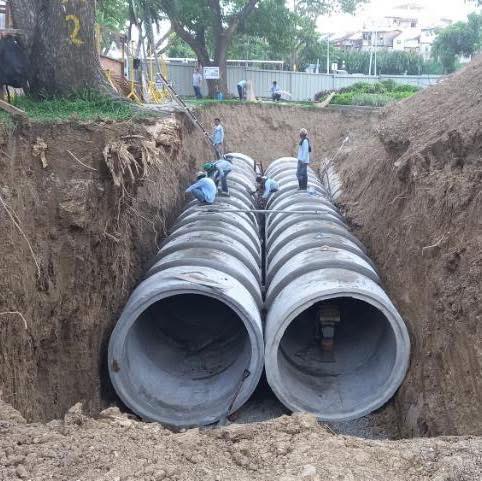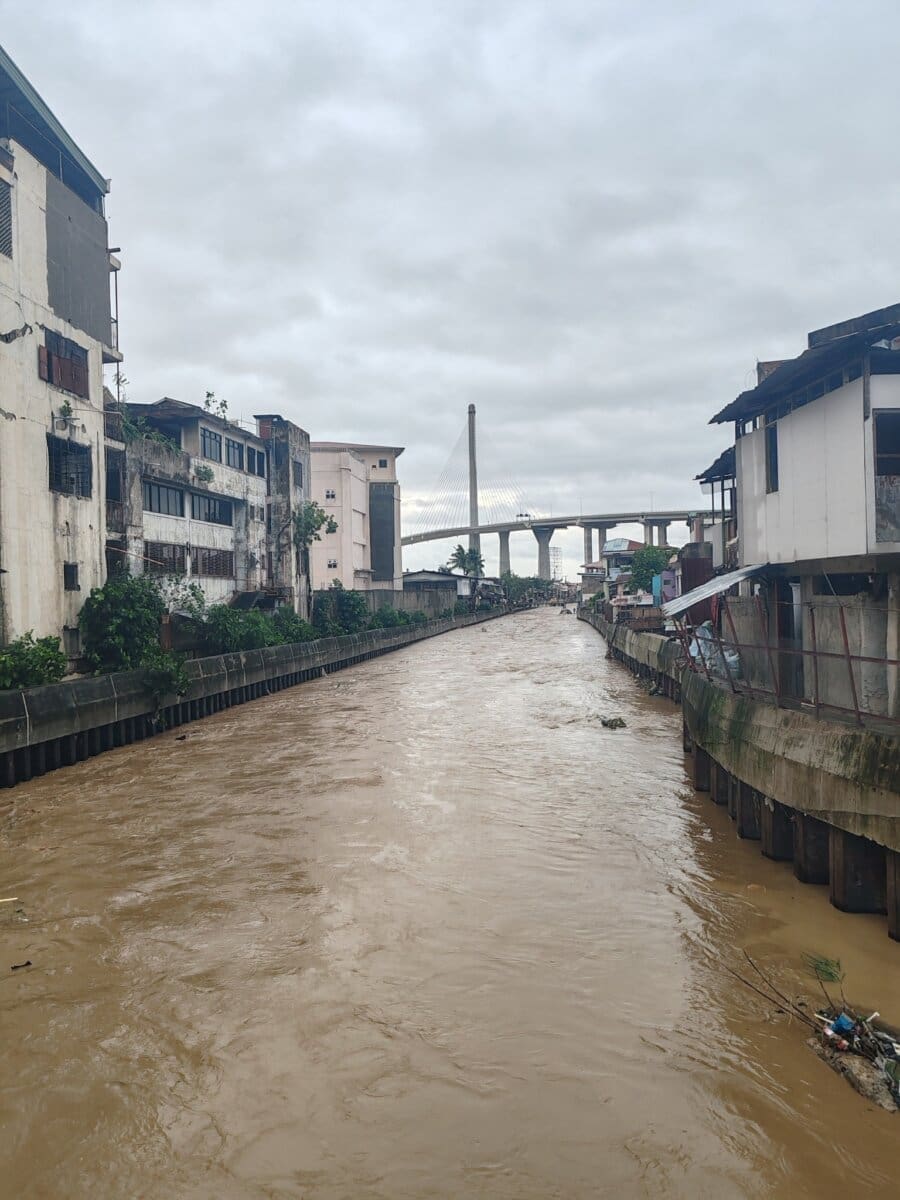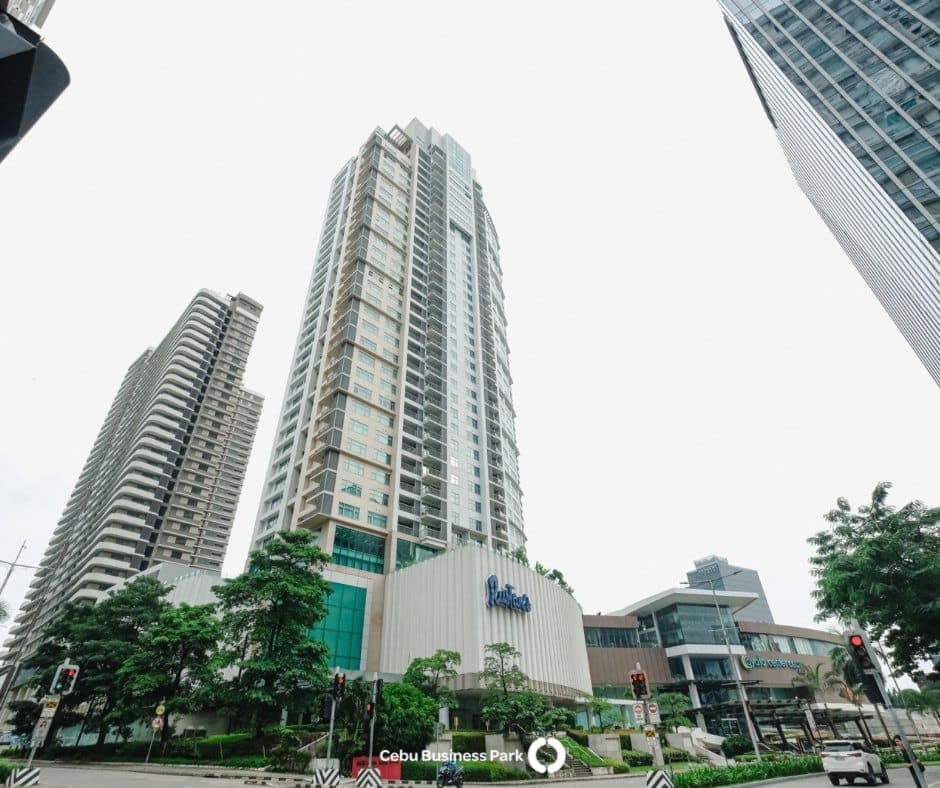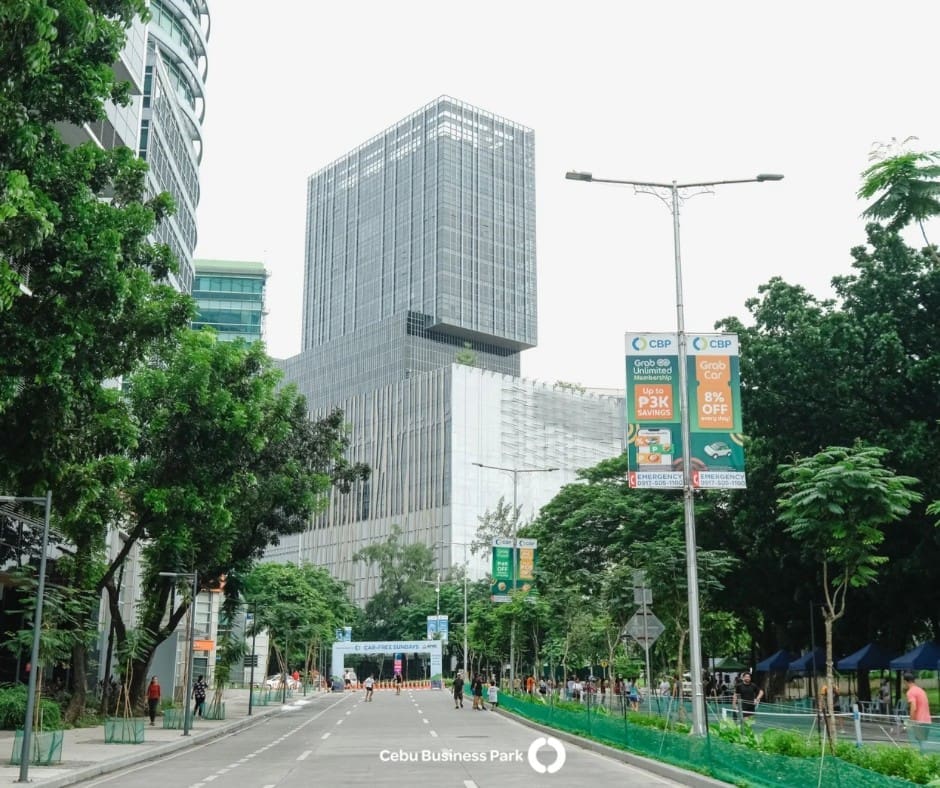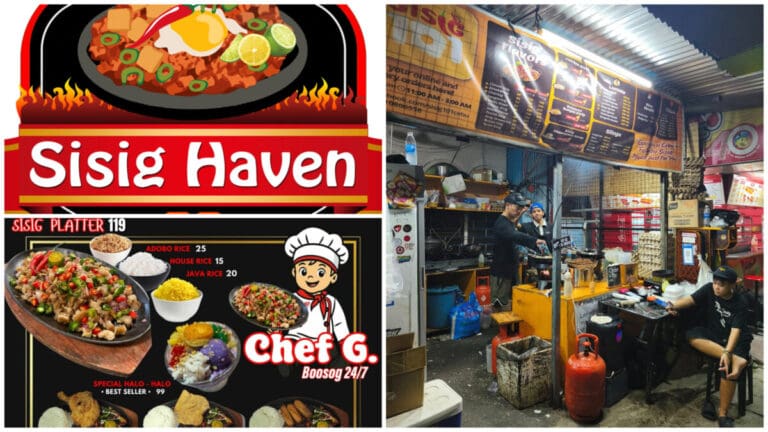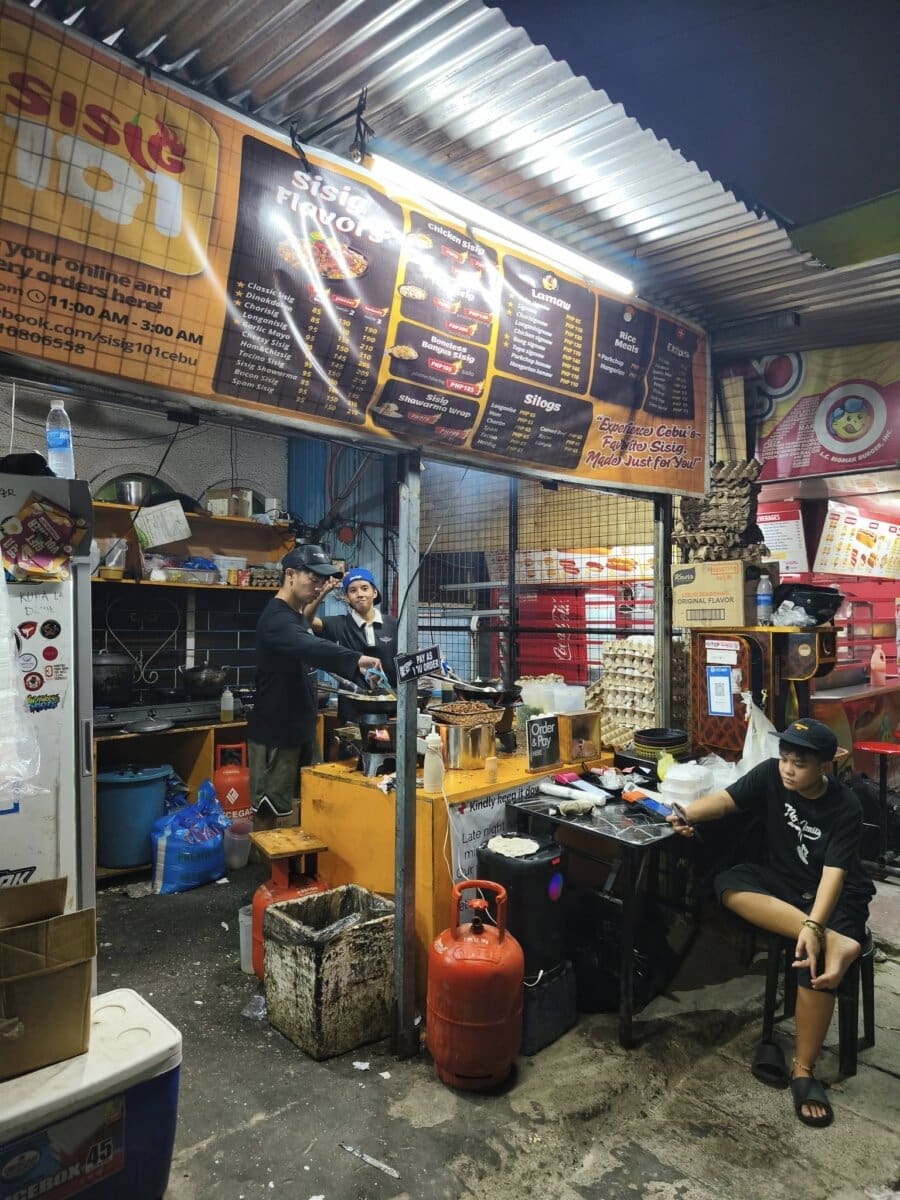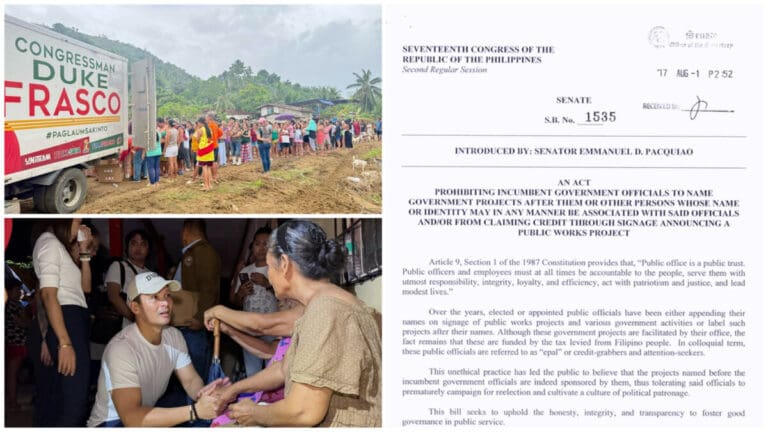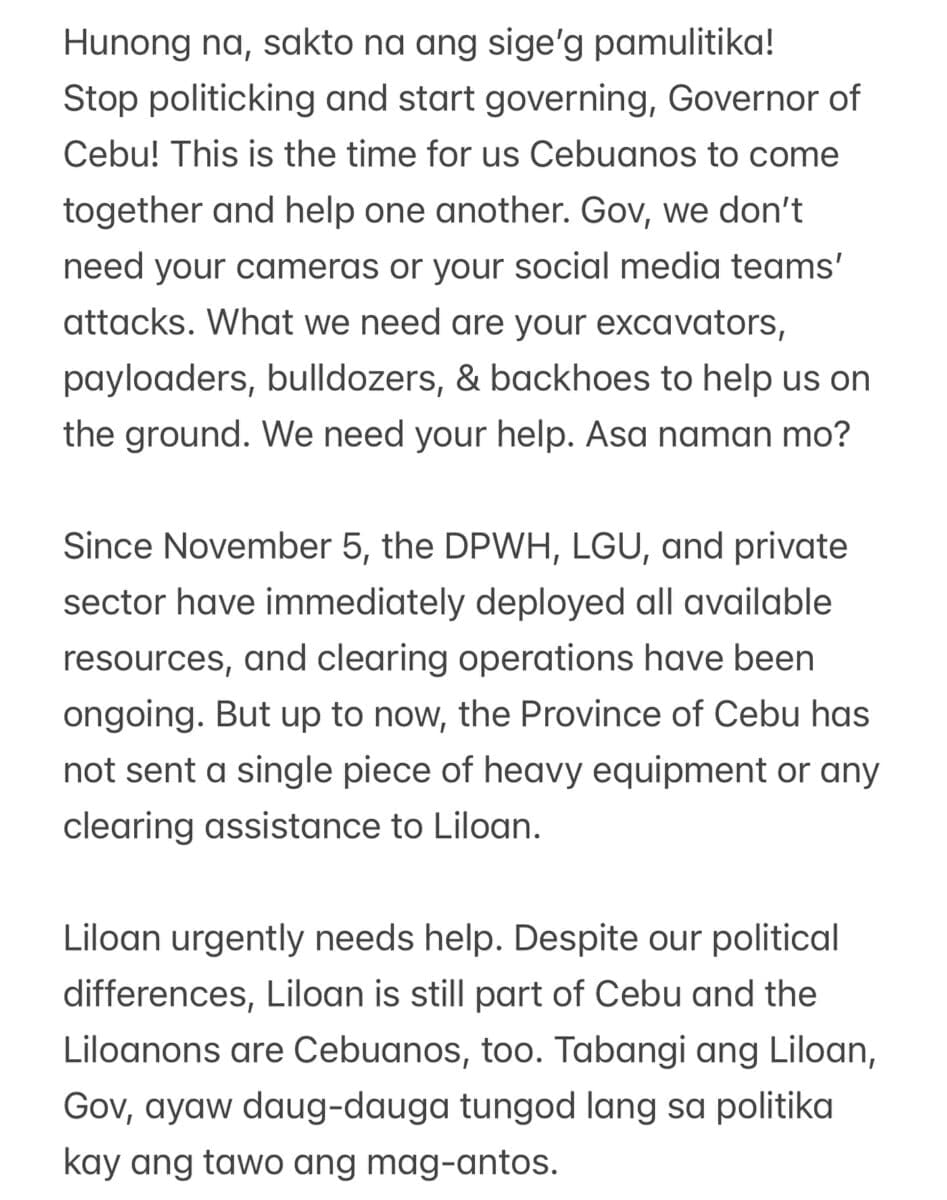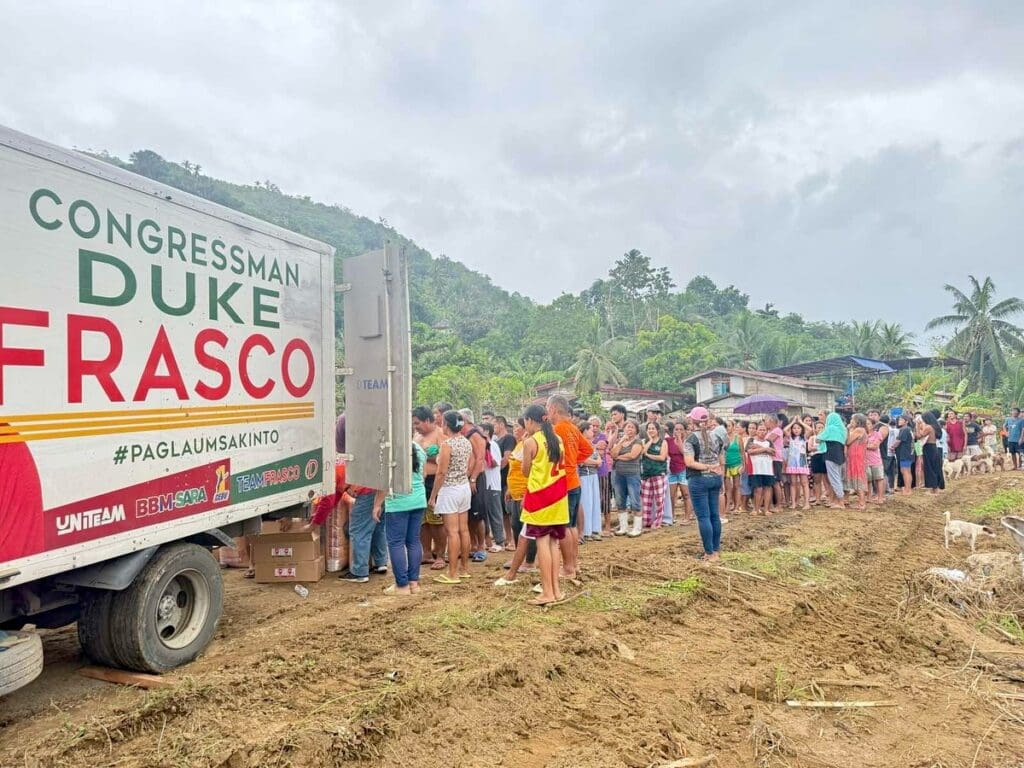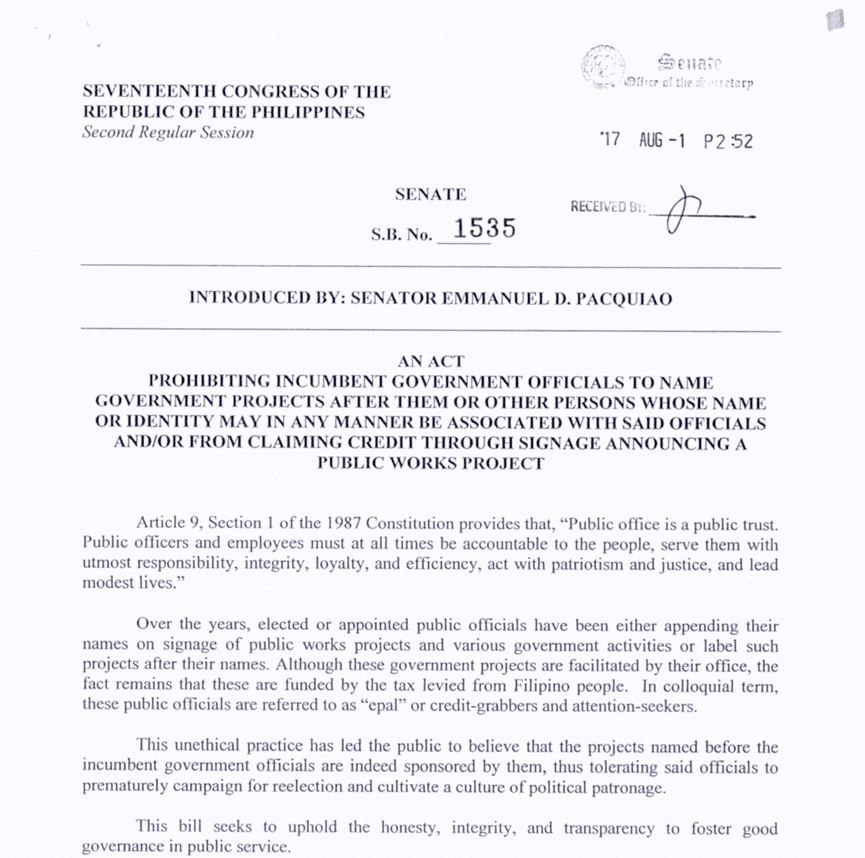
Across TikTok, Instagram, and weekend pop-ups, a growing number of Gen Z adults are proudly buying plushies, cartoon hoodies, Pokémon merch, and tiny collectibles like Sonny Angels. What looks like “kiddie shopping” from the outside has evolved into a cultural shift rooted in self-soothing and nostalgia.
According to mental health advocates and consumer behavior researchers, many young adults are turning to childhood symbols as comfort items in a stressful and unstable world. Economic uncertainty, social pressure, and digital burnout have made nostalgia a coping tool, one that’s cute, comforting, and conveniently available at checkout.
Why Gen Z Reaches Backward

Psychologists like Sohini Rohra and play therapy experts such as Beatrix Aileen Sison explain that reconnecting with childlike joy can be part of emotional regulation and inner child healing. Growing up in a hyper-digital, hyper-critical environment pushed many young people to mature too quickly. Reclaiming childhood objects becomes a way to slow down and feel safe again. According to mental health insights, nostalgia can reduce stress, increase feelings of belonging, and offer emotional grounding in moments of anxiety.
The Stress Relief Effect

Nostalgic objects work because they transport the brain back to a time that felt easier and more predictable. Mental health professionals note that this kind of emotional recall can soothe stress responses and help the brain relax. Small habits, like eating childhood snacks or collecting tiny figurines, become rituals that provide comfort. For young adults juggling career pressure, relationship confusion, financial worry, and constant online comparison, these rituals offer pockets of joy and control.
Self-Care, Rebranded

Gen Z has also redefined self-care. Instead of spa days and silent retreats, self-care now includes cartoon-print pajamas, blind-box toys, and merchandise from childhood franchises. According to lifestyle trend analyses, today’s young adults prioritize emotional connection over luxury. A ₱500 trinket that sparks serotonin can feel more “worth it” than a traditional self-care purchase. It’s playful. It’s personal. It’s a rebellion against the idea that adulthood has to be joyless, polished, or serious 24/7.
When Healing Turns Into Overspending

But the trend has a downside. Financial experts warn that emotional spending, even in the name of “healing”, can become impulsive and avoidant. With constant trend cycles and social feeds showing new releases every week, nostalgia can turn into a shopping trap. Retail therapy offers a quick dopamine hit, but it doesn’t resolve long-term stress. According to behavioral finance studies, emotional spending can create guilt, which then fuels more stress, a loop that leaves young adults stuck between healing and debt.
Finding Balance

Inner child healing doesn’t require a growing shelf of collectibles. Psychologists emphasize balance, playful habits, mindful spending, and emotional awareness. Nostalgia can be healing when it’s intentional, not compulsive. The goal isn’t to live in the past, but to integrate the best parts of childhood into an adult life that feels full, supported, and joyful.
The Bottom Line
Gen Z isn’t “immature” for buying plushies and toys. They’re responding to a world that demands resilience too early and too often. Nostalgic spending can be healing, as long as it doesn’t become a coping mechanism that empties wallets in the name of wellness. Healing your inner child is valid. Just don’t let that inner child steal your debit card.



